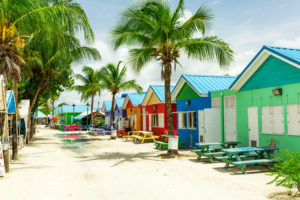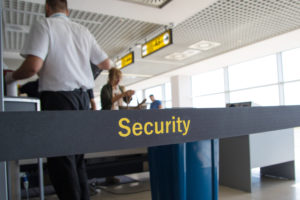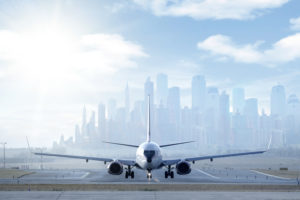Q: I recently traveled on Amtrak's Acela train from Boston Back Bay to New York, and found it to be a much more pleasant experience than flying, even though we departed 45 minutes late (the crew never explained why). But here's my question: somehow, we managed to arrive in New York just 5 minutes late, which makes me think that Amtrak could easily operate a much faster schedule, perhaps traveling Boston to New York in far less than the current 3 hours and 25 minutes or so. Any idea why they don't go faster? It would certainly increase their ridership if they did.
A: As do the airlines, Amtrak builds in extra travel time to compensate for delays. That way, they can boast a higher on-time performance record. In fact, were it to operate nonstop, and not run into other rail traffic along the way, the Acela could easily travel from Boston to New York in far less time than its current schedule. The real question is why, if the Acela can travel 150 miles per hour, it can't make the approximately 250 mile trip from Boston to New York in under a scheduled two hours, and there are two main reasons:
1) Amtrak doesn't own the tracks between New Haven and New Rochelle, NY. The Metro North Railroad, part of New York City's MTA, owns and operates this part of the route, and because the overhead electrical wires are so antiquated on this stretch, trains are limited to 80 MPH (any faster, and the trains pull down the wires, especially in warm weather when they tend to sag). Also, Metro North gives priority to its own trains along this heavily traveled portion if there's a delay or heavy traffic.
2) Amtrak had hoped to eliminate all grade crossings, straighten some especially curvy stretches of track, and replace antiquated bridges (which mandate slower speeds) along the part of the route it owns, but they ran out of money, in part because they faced legal challenges from property owners and environmental groups. This litigation dragged on for years, and by the time it was settled, costs had skyrocketed and legal bills drained Amtrak's budget for the reconstruction of the route. You'll notice that in some of the more wealthy communities along the route in Rhode Island and Connecticut there are still old-fashioned (and potentially dangerous) grade crossings (that's where a gate comes down to block vehicular traffic). A representative from the Acela's manufacturer explained to me that these communities sued Amtrak to force the railroad to maintain these crossings, which requires the trains to slow down when passing through them.





